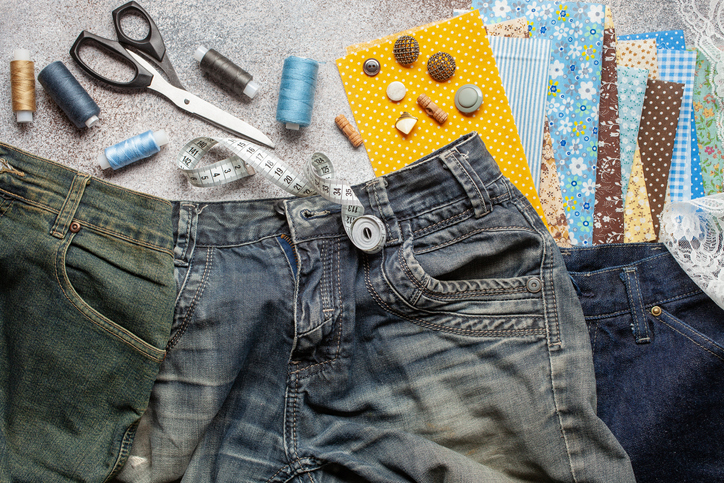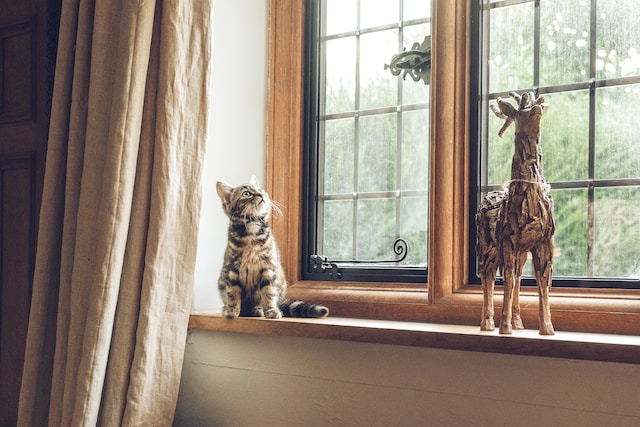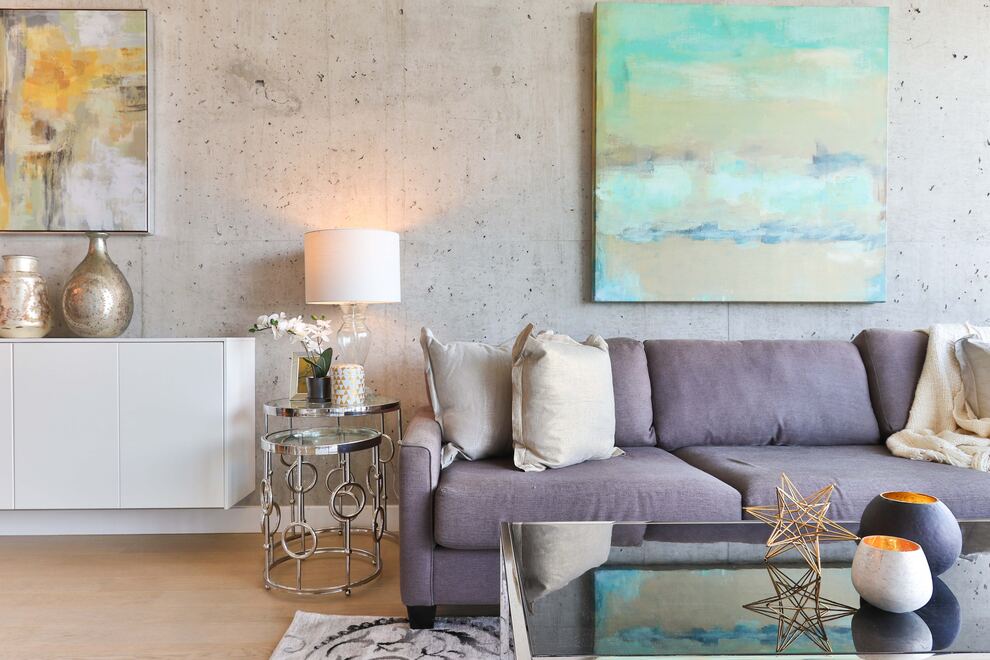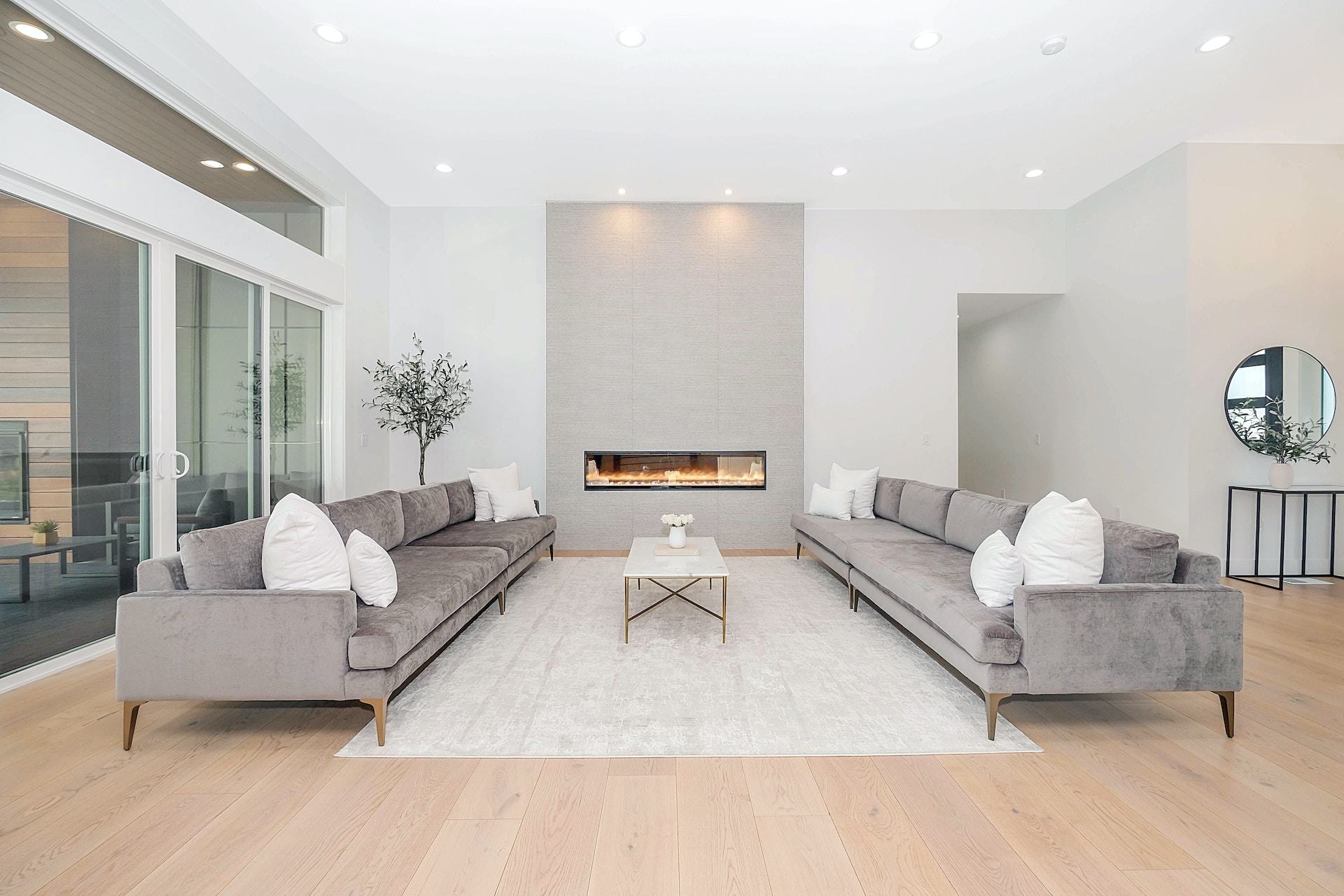Have you ever wished for a space where you can let your creative juices flow? Now you can have just that with your own home upcycling workshop. With a home workshop or craft room, you can develop your creative skills and reduce stress while simultaneously saving money and other resources. Learn business strategies, business tips, and digital marketing techniques to help you start a home upcycling business.
What is Upcycling?
Upcycling, or creative reuse, is the process of transforming byproducts or unwanted products into new materials of greater value, aligning perfectly with the principles of sustainable fashion. Creative reuse takes something that’s no longer in use and gives it a second life with a new function. Some people make a business out of upcycling and use digital marketing to advertise their creations.
For example, many people upcycle plastic bottles to make new shoes or use reclaimed wood for high-quality furniture, contributing to the movement towards sustainable fashion practices. Other examples include upcycling toilet rolls as cable organizers, turning an old ladder into a bookshelf, and using mason jars as cups.
Setting up your Space
Interested in having your own creative workshop at home? The first thing you need to do is set up your space for your projects. You can go about this in two ways: adapting an existing space in the home or building an additional room.
When adapting an existing space, you can often DIY. For instance, you can easily transform an existing room into a craft room by removing or adding furniture and other accessories. However, when it comes to building an entirely new room, it’s best to hire a professional to ensure the structure is built properly and to code.
Not only do upcycling workshops provide a designated space to craft, but they also offer a storage area for your materials. With less mess and clutter, you’ll improve your creativity and produce high-quality items.
Using a Garage
Although it may not look like it now, the garage makes a great craft room. It’s spacious, has great natural lighting, and offers lots of storage options. Luckily, upgrading your garage to an upcycling workshop is easy. Here’s how you can DIY:
- Clean out the dirt, cobwebs, stored goods, grease spots, and more to clear everything out of the garage
- Install storage racks
- Set up easy-to-clean tables
- Plug in an extension cord or two
What About a Basement or Attic
Enhance your basement or attic by transforming it into a creative room. These rooms provide a private place to work on your projects. Plus, basements and attics have enough space for you to redecorate the room yourself.
The most important thing to remember with attics and basements is they often don’t have a lot of ventilation. To help, use floor fans and a dehumidifier to reduce the moisture in the room. Then you can feel confident knowing your crafting materials have a safe, dry space to be stored and used.
Portable Sheds
If you’re looking for a place outside the home to channel your creativity, consider buying a shed and converting it into a craft room. Keep in mind the weather in your area to determine whether you need to heat or cool the shed.
Sheds make great creative spaces because they offer a separate place away from the house to focus. Having that kind of designated space can help improve your mood and increase productivity.
Building an Additional Room
Another option for creating an upcycling workshop at home is building an additional room. If your budget allows for it, building a new space has advantages such as:
- Freedom to design the space specifically for your activities
- Increased home value
- More home storage
If building an additional room is the right option for you, consider hiring a professional to get the job done.
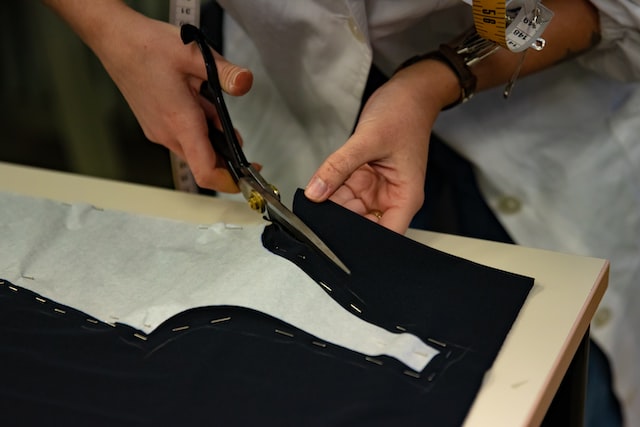
Getting Started
Are you ready to get started with your upcycling business? Now that you’ve defined your space, here are some business tips to get you going.
You first need to decide what kind of materials and equipment you’ll need for your upcycling projects. Are you interested in upcycling clothes? Is upgrading home decor more what you’re looking for? Or maybe you want to upcycle furniture. Let’s explore different materials and equipment so you can decide what works for you.
Upcycling Clothes
One popular upcycling material is clothing. There are many ways to upcycle clothing, from cutting and sewing to darning and patching. Alternatively, you can also dye or paint old clothes to give them a whole new look.
Here are some ideas for upcycled clothing:
- Turn a shirt into a bag
- Dye jeans a new color
- Upcycle a skirt into a headband
- Cut a shirt into a scarf
- Reuse a shirt as an apron
Materials & Equipment
Since upcycling clothes involves disassembling items and reusing bits and pieces, you’ll need some special tools and equipment. Materials and equipment for upcycling clothes include:
- Fabric scissors
- Fabric dye
- Containers
- Sequins
- Beads
- Screen printing kit
- Cricket machine
- Sewing machine
- Rotary cutter and mat
- Embroidery pen
- Iron
Upcycling clothes is a great way to repurpose old garments and make them something new and stylish. Using or adding high quality fabric is also a great option for upcycling, whether you’re sowing, dyeing, or screen printing.
Get Started: Tie Dye
Tie-dyeing t-shirts is a popular way to upcycle items. This is a resist-dyeing technique that typically involves bright, saturated colors and bold patterns. Then, the fabric is dipped in buckets of dye or applied with squirt bottles.
The secret to tie-dyeing is the ties. Tying acts as resistance to prevent the dye from saturating the fabric evenly. Any fabric that the dye doesn’t reach will stay white and create a unique design.
Before you start this upcycling project, acquire these supplies:
- Fiber-reactive dye in assorted colors
- Fabric items (i.e. shirts, socks, sweatshirts, and pants)
- Laundry detergent
- Rubber bands or strong string
- Buckets to dip items in
- Squeeze bottles to apply dye
- Plastic table cloths or trash bags to protect your work surface
- Wire racks to elevate the garment off the work surface
- Gloves and a dust mask
- Zip-top bags or plastic wrap
Here’s the process on how to tie-dye:
- Prep supplies and set up your work area
- Mix your dyes
- Fold and tie your garment in the design you want
- Apply the dye
- Let it sit
- Rinse, wash, and wear
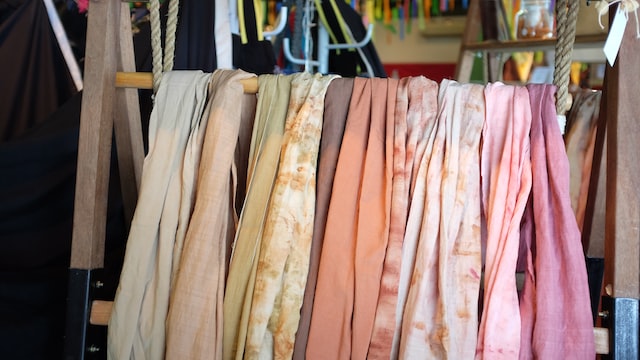
Upcycling Home Decor
Looking to repurpose some old home decor? Maybe you want to turn an old dresser into a kitchen island or an old crib into an upcycled desk. Regardless of what project you have in mind, there are many benefits to upcycling home decor, including:
- Saving materials
- Reducing waste to be eco-friendly
- Enhancing creativity
Materials & Equipment
The kind of home decor you’re upcycling will determine the materials and equipment needed for the project. Common tools may include:
- Paint stripper
- Power sander
- Sandpaper
- Stains and finishes
- Paint
- Brushes
- Cloths
Get Started: Disco Ball Planter
Tap into your creative side and create a disco ball planter pot. To complete this project, you’ll need a 10-inch glass bubble bowl, self-adhesive mini square glass mirrors, and E6000 glue. Here’s how to make your planter pot shine:
- Peel off the glass mirrors individually and using a tiny bit of glue adhere the mirror glass to the bowl with a tiny bit of glue. Pro tip: start at the rim to make the process easier.
- Glue the mirrors as close to each other as possible and continue the process until you’re halfway around the bowl.
- Once you reach the halfway mark, flip the bowl upside down and finish gluing the mirrors until you get to the bottom of the bowl.
- Keep in mind that you don’t want the mirrors to touch the curve of the bowl, so make sure you leave a little space. Otherwise, the mirror glass could pop off if they touch the table’s surface.
- If you’re planning to hang the disco planter pot, add mirrors to the bottom of the bowl to achieve the true effect of a disco ball.
- Let the glue cure for at least 24 hours before adding your plant.
- Add the plant of your choice and enjoy.
Upcycling Furniture
New furniture is expensive, so consider upcycling something old instead. Upcycling furniture minimizes the volume of discarded material and saves money. Additionally, upcycling furniture is a great opportunity to flip furniture for profit.
Materials & Equipment
The tools you need to upcycle furniture depend on what you’re upgrading. The top tools for creatively reusing furniture are:
- Pliers
- Hacksaw
- Screw puller
- Cork sanding block
- Bradawl
- Mini clamp
- Electric drill
- Hammer
- Multi-tool
- Screwdriver
Additionally, you’ll need cleaning materials to wipe down the furniture before you get started to remove any oils, chemicals, and other residues on the surface.
Get started: Wire Basket Side Table
If you’re looking for a fun, creative, and stylish accent table, then look no further than this DIY wire basket side table. For this project, you’ll need a wire laundry basket, spray paint, precut lumber wood round, sandpaper, wood stain, screws, and metal fasteners. Follow these steps to create the table:
- Buy a wire laundry basket
- Pick out a color of spray paint
- Pick out a precut wood round that sits over the bottom of the basket
- Spray paint the basket
- Sand the wood round
- Stain the wood round
- Use metal fasteners and screws to secure the wood to the bottom of the basket
Turn your Creations into Cash
With an at-home creative workshop, you can create valuable, upcycled items whenever you want. Even better, you can sell your creations and make a profit. Whether you’re upcycling clothing, home decor, furniture, or something else, there are ways to turn your creations into cash.
For example, you could set up a booth at an art show or craft festival. Alternatively, you can sell your products online. Either way, you’ll need to combine business strategy with your creative side.
Selling your Creations
One way to get started with your business strategy is by selling your products to friends, family members, and even strangers who appreciate your creativity. Starting small by hosting a display party to showcase your items to people who value your talent can lead to starting your own clothing line in the future.
Arts and Crafts Shows and Festivals
Another option for making a profit and selling your creations is at an art festival or craft show. No matter where you live, there are local arts and crafts fairs you can attend as a vendor. Look online to find the right craft fair for you, choose and design your booth, greet customers, and hand out business cards.
Selling Online
Thanks to technology, there are now countless ways to sell your products online. For example, use social platforms such as Facebook Marketplace to sell your items to the local community. Another option would be an Etsy shop to open up your business to a larger demographic. If you have web design experience, create and manage a business website where you sell your goods. Digital marketing goes a long way.
Teaching your Talents
Here’s a business tip: selling your creations isn’t the only way to make money. Another way to get income is by teaching your talents to others. Consider hosting an upcycling workshop or teaching an upcycling workshop online.
Hosting an Upcycling Workshop
Having your own craft room not only gives you a place to work but also provides a place to host a learning workshop. Here, you can teach people techniques and hacks to make their own creations. Regardless of your upcycling specialty, there’s sure to be people who would pay to learn to do what you do.
Teaching an Upcycling Workshop Online
If hosting an in-person workshop isn’t an option for you, perhaps you can host one online. For this, you’ll need to decide on your topic, come up with talking points, choose the right platform (such as Zoom or Google Hangouts), promote your workshop, invite attendees, and give the people what they want.
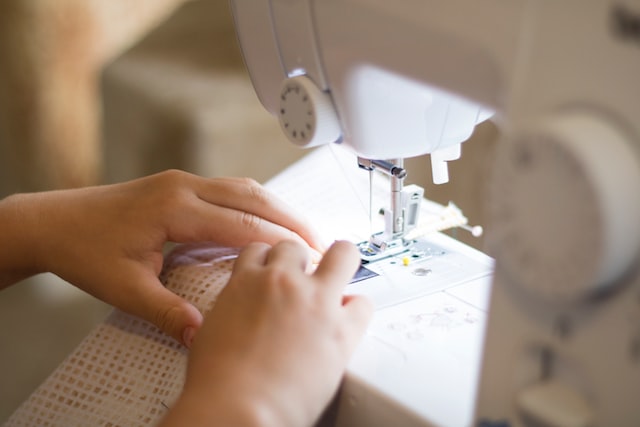
Having your own home craft room gives you the space you need to let your creative side flow. Even better, once you’ve set up your home upcycling workshop, you can turn your hobby into a business with hard work and a little help from digital marketing. Use your creative talents to help the environment, teach others, and expand your upcycling business and income through art shows and online sellers.
